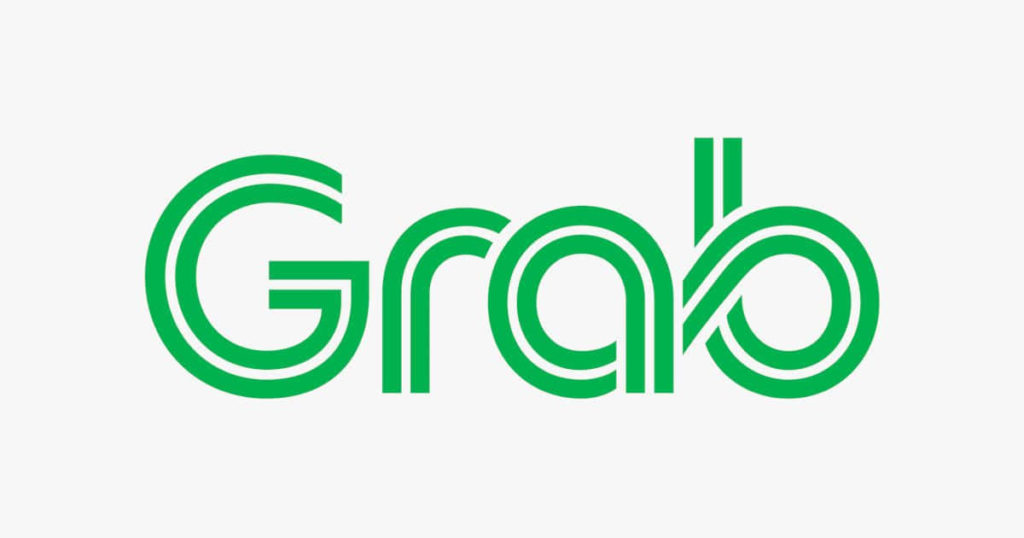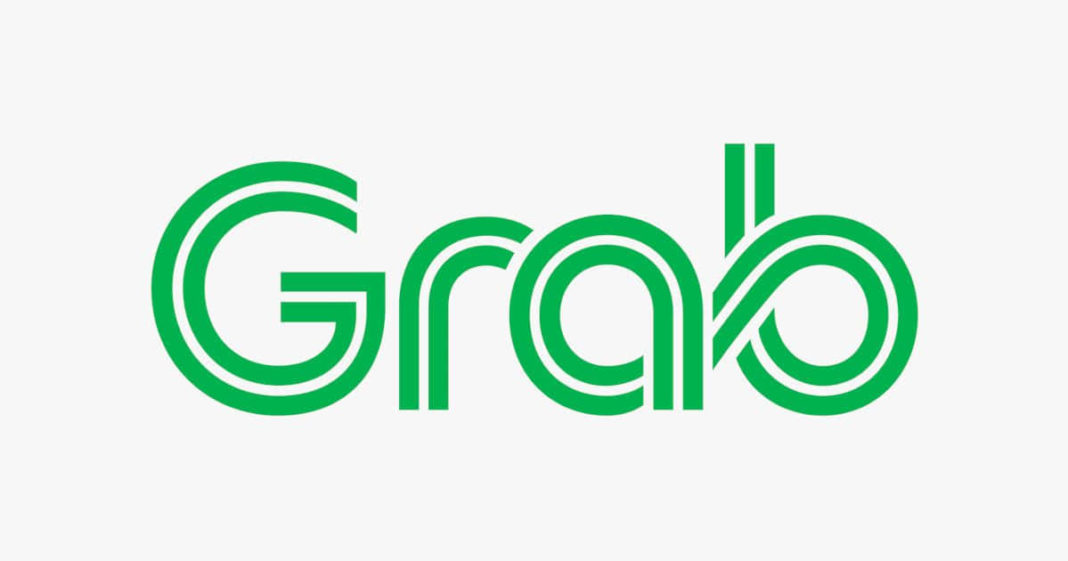It is Southeast Asia’s first decacorn, and the biggest technology startup in the region. In addition to transportation, the company offers food delivery and digital payments services via a mobile app.
Founded by two Malaysians are Anthony Tan and Tan Hooi Ling in 2012 as the MyTeksi app based in Kuala Lumpur, Malaysia, it expanded the next year as GrabTaxi. It has since expanded into other services, following the “super app” model. In 2014, it moved its headquarters to Singapore.

In January 2016, GrabTaxi was rebranded as “Grab”, which encompasses all the company’s products: GrabCar (personal cars), GrabBike (motorcycle taxis), GrabHitch (carpooling) and GrabExpress (last mile delivery) with a new, redesigned logo. In October 2016, Grab added an in-app instant messaging feature called “GrabChat” to allow simple communication between riders and drivers and translate messages if the set languages of the driver and passenger are different. In December 2016, Grab launched GrabRewards rewards programme. In December 2016, Grab introduced “GrabShare”, which offers taxi and car-sharing services.
In March 2018, Grab merged with Uber’s Southeast Asian operations. As part of the acquisition, Grab took over Uber’s assets and operations, including UberEats, which led to Grab’s expansion of food delivery services with GrabFood.

As of April 2021, Grab is reported to have more than 214 million app downloads and operations in more than 400 cities. The company has more than 500 deaf and hearing-impaired driver-partners. It also has other individuals with disabilities, including some with cerebral palsy, on its platform.
Up to now, Grab is currently operating in Singapore, Malaysia, Cambodia, Indonesia, Myanmar, Philippines, Thailand and Vietnam. According to the website Similarweb, Grab is also the leading food delivery application in these countries so far.
According to Wikipedia
(https://en.wikipedia.org/wiki/Grab_(company))














